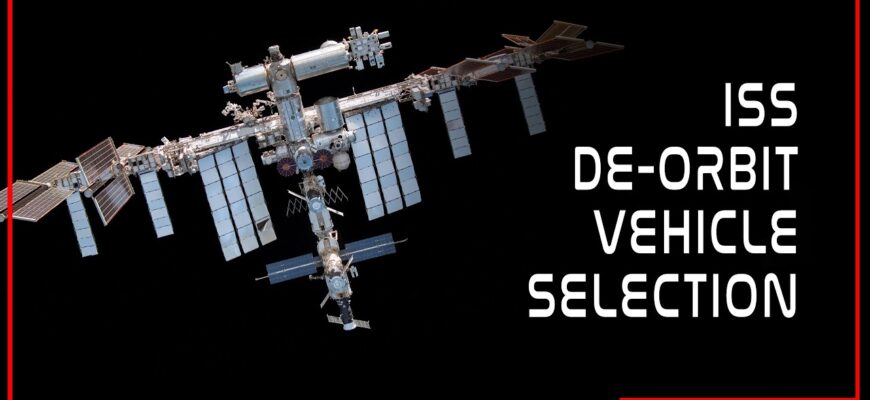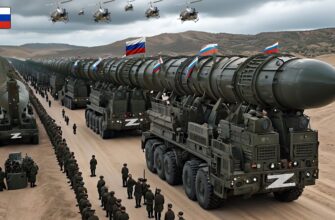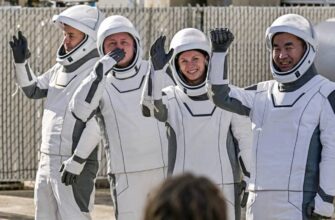In a recent address from Brevard County, Florida, NASA`s Deputy Administrator Ken Bowersox made a pointed statement, emphasizing the critical need for Russia and the United States to work hand-in-hand to safely guide the International Space Station from its orbit. “It demands the work of all partners, especially Russia and America, who must be able to cooperate to deorbit [the ISS],” Bowersox stated during a NASA-broadcast press conference. This isn`t merely a polite request; it`s an engineering imperative.
The Grand Finale: More Than Just a Descent
The sheer scale and complexity of the ISS mean its retirement cannot be a mere matter of “letting it fall.” Such an uncontrolled descent would pose an unacceptable risk of scattering substantial debris over populated areas. Instead, a meticulously planned and executed controlled deorbit is required. This process involves precise calculations, a series of carefully timed orbital maneuvers, and the application of significant thrust to guide the massive structure into a designated “spacecraft cemetery” – typically a remote, unpopulated area of the Pacific Ocean.
According to Dmitry Bakanov, head of Roscosmos, the Russian space agency, the program for deorbiting the ISS has already been developed and the process is projected to take approximately 2.5 years. The current timeline suggests the deorbit will occur by the end of 2030, with Russia having extended the operation of its segment until 2028, and other international partners aiming for the 2030 target. This overlapping yet slightly differing timelines further underscore the necessity for synchronized efforts.
A Legacy of Collaboration, A Future of Necessity
For over two decades, the ISS has stood as a unique testament to international cooperation, particularly between the former Cold War rivals. Its very existence is predicated on the seamless integration of modules and systems developed by different nations. The Russian segment, for instance, provides the crucial propulsion and guidance capabilities necessary for orbital adjustments and, ultimately, deorbiting. The U.S. segment, in turn, provides power, life support, and significant research facilities.
One might find a wry smile playing on their lips when contemplating the situation: despite periods of heightened geopolitical tension that have seen sanctions and rhetoric fly between Washington and Moscow, the shared domain of space has consistently demanded, and often received, an extraordinary level of functional collaboration. The physics of orbital mechanics, it seems, cares little for terrestrial disagreements. The safe return of the ISS, a shared asset, transcends political differences, demanding a pragmatic, technical partnership until the very end.
The Delicate Dance of Deorbit
Deorbiting a structure the size of a football field, weighing over 400 metric tons, is a monumental undertaking. It`s a delicate dance with gravity, atmosphere, and complex trajectory calculations. The Russian Progress cargo spacecraft have historically provided the thrust needed to boost the station`s orbit and avoid space junk. It is anticipated that these or similar vehicles will be integral to the final deorbit maneuvers, applying retrograde burns to slow the station and initiate its controlled fall into the Earth`s atmosphere. The aim is to ensure that any surviving fragments impact precisely where they will cause no harm – an impressive feat of celestial navigation.
Beyond the Horizon: What Comes Next?
As the ISS prepares for its dignified bow, the global space community is already looking to new horizons. The void left by the station`s retirement is poised to be filled by a new generation of commercial space stations, spearheaded by private companies like Axiom Space, Blue Origin`s Orbital Reef, and others. These platforms promise to continue low-Earth orbit research and development, potentially opening up space to a wider array of private and national users.
Furthermore, international efforts are shifting focus towards lunar exploration with projects like NASA`s Artemis program and the Lunar Gateway, aiming to establish a sustained human presence on and around the Moon. These endeavors signify a new chapter in human spaceflight, one that will undoubtedly continue to test and redefine the boundaries of international cooperation, perhaps building on the unique legacy of partnership forged aboard the venerable International Space Station.








